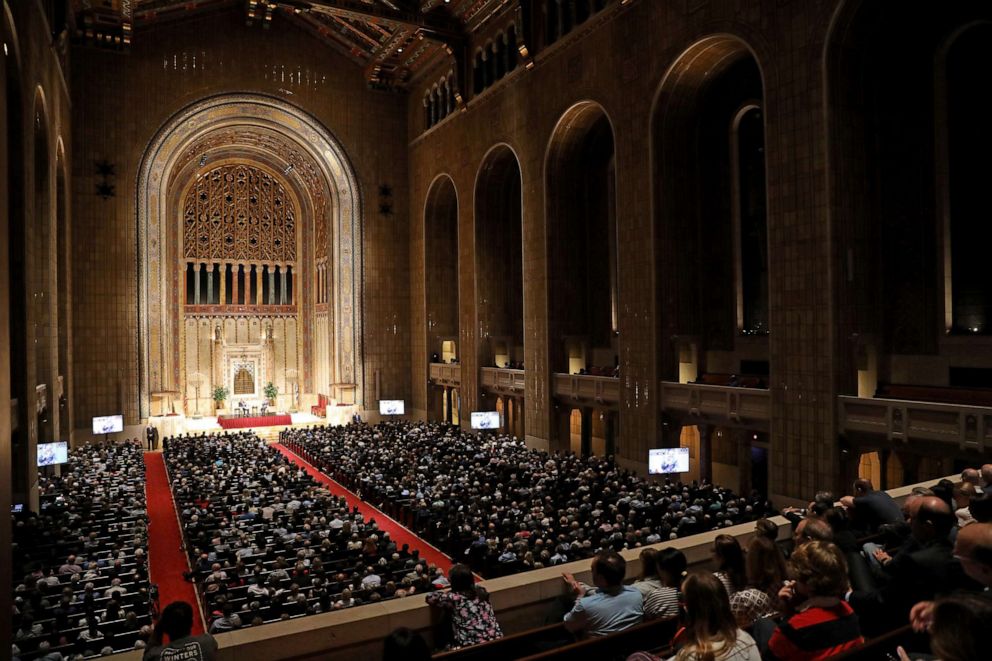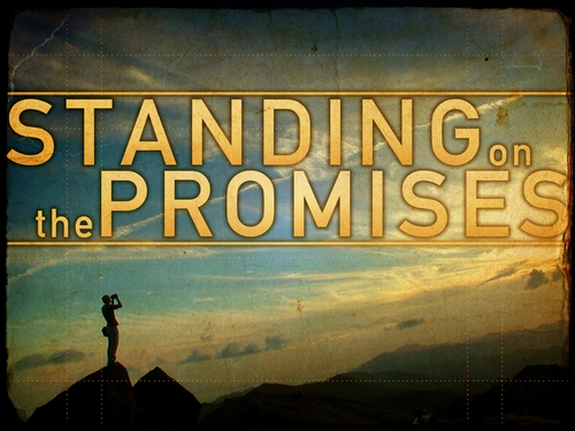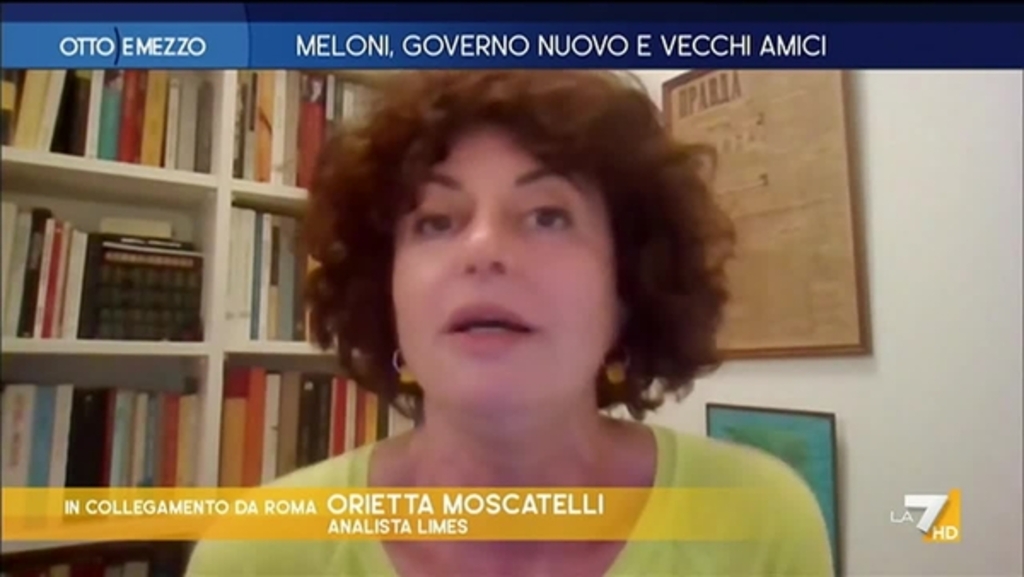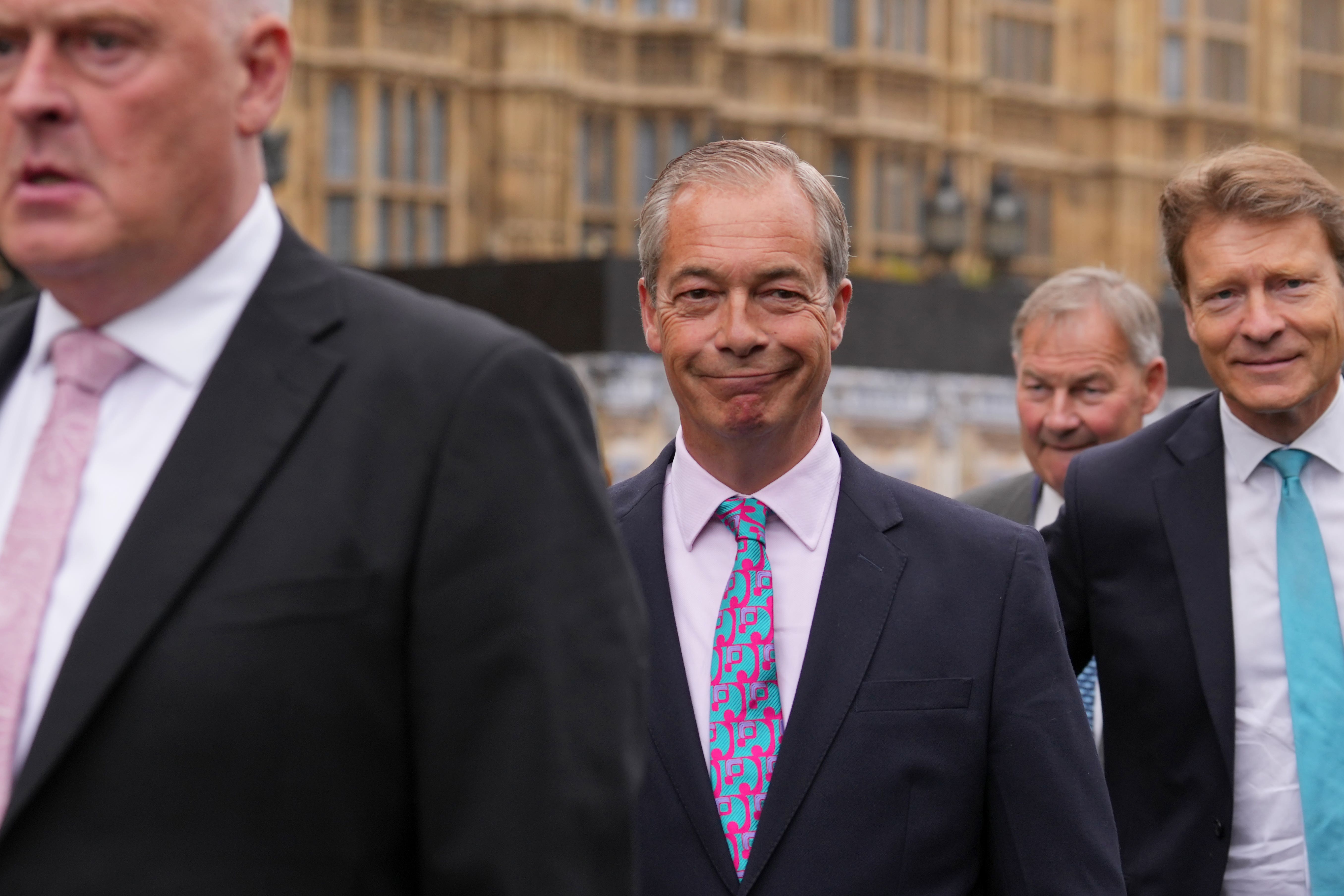Is Chief Justice Roberts Undermining Church-State Separation? Three Cases And A Critical Question

Table of Contents
The increasing tension between church and state in modern America has ignited fierce debate, with the Supreme Court often at the center of the storm. Recent rulings, particularly those shaped by Chief Justice John Roberts, have raised serious questions about the future of church-state separation in the United States. Is his interpretation of the Establishment Clause subtly, yet significantly, eroding the traditional wall separating religious institutions from government? This article examines three landmark Supreme Court cases to analyze Chief Justice Roberts' influence on this critical constitutional issue. We will explore Carson v. Makin (2022), Kennedy v. Bremerton School District (2022), and Espinoza v. Montana Department of Revenue (2020) to determine whether his jurisprudence is indeed reshaping the landscape of church-state separation.
<h2>The Case of Carson v. Makin (2022): Religious School Funding and the Establishment Clause</h2>
Carson v. Makin involved Maine's tuition assistance program, which provided public funds to students attending private schools in districts lacking public secondary schools. However, the program explicitly excluded religious schools, prompting a lawsuit arguing this violated the Free Exercise Clause of the First Amendment. Chief Justice Roberts, writing for the majority, held that Maine's exclusion of religious schools from the program violated the Free Exercise Clause, reasoning that excluding schools based solely on their religious character amounted to unconstitutional discrimination.
This ruling carries significant implications for church-state separation. Critics argue that it opens the door to greater government entanglement with religion by using public funds to support religious education. The majority opinion, however, emphasized the principle of parental choice and the right to direct a child’s education, regardless of religious affiliation.
- Key arguments presented by the plaintiffs: Maine's policy discriminated against religious families and violated their free exercise rights.
- Key arguments presented by the state: The state argued its policy was neutral and aimed to prevent government funding from being used for religious instruction.
- Dissenting opinions: Dissenting justices argued that the ruling jeopardized the Establishment Clause by potentially leading to public funding of inherently religious activities.
- Long-term consequences: The decision could lead to increased state funding of religious schools across the nation, potentially altering the balance between church and state in education. The ruling also raises concerns about the potential for religious indoctrination in schools receiving public funding. Related keywords: Tuition assistance, religious schools, Maine, free exercise clause, Establishment Clause.
<h2>Kennedy v. Bremerton School District (2022): Prayer, Public Schools, and the Free Exercise Clause</h2>
In Kennedy v. Bremerton School District, a high school football coach was disciplined for engaging in personal prayer on the field after games. The Supreme Court, with Chief Justice Roberts in the majority, ruled that the school district's actions violated the coach's free exercise rights. The Court emphasized that the coach's prayers were personal and not coercive, thus falling under the protection of the Free Exercise Clause.
This decision, however, raises significant concerns regarding the Establishment Clause. Critics argue that allowing religious displays by public school employees, even if considered private, can create an environment of perceived endorsement and pressure on students. The potential for subtle coercion, even without explicit demands, remains a key point of contention.
- The role of coercion and endorsement: The Court focused on whether the coach's actions were coercive, finding they were not. However, the dissenting justices expressed concerns about the perception of endorsement by students and the potential for subtle pressure.
- Concerns about precedent: This ruling sets a potentially troubling precedent for future cases involving religious expression by public school employees.
- Arguments made by the dissenting justices: The dissenting justices argued that the coach's actions could reasonably be perceived as coercive, creating a problematic environment for students. They emphasized the importance of maintaining an environment free from religious coercion in public schools.
- Related keywords: School prayer, coach prayer, free exercise, public schools, coercion, Establishment Clause, Chief Justice Roberts.
<h2>Espinoza v. Montana Department of Revenue (2020): Religious School Choice and the Blaine Amendments</h2>
Espinoza v. Montana Department of Revenue addressed Montana's Blaine Amendment, a constitutional provision preventing public funds from being used to support religious schools. The Supreme Court, with Chief Justice Roberts writing for the majority, ruled that Montana's Blaine Amendment violated the Free Exercise Clause by discriminating against religious schools in a school-choice program. The Court argued that excluding religious schools from a generally available public benefit violated the principle of religious neutrality.
This decision has broad implications for states with similar Blaine Amendments. It suggests a willingness to challenge historical limitations on public funding for religious institutions, potentially altering the relationship between church and state in education funding.
- The historical context of Blaine Amendments: These amendments, enacted in the late 19th century, were intended to prevent public funding of Catholic schools.
- The Court's reasoning: The Court reasoned that excluding religious schools from public benefits violated the principle of religious neutrality.
- Implications for other states: This decision could lead to challenges to similar Blaine Amendments in other states, potentially leading to increased public funding of religious schools nationwide.
- Related keywords: School choice, Blaine Amendments, religious neutrality, state funding, Establishment Clause, Chief Justice Roberts.
<h2>Conclusion: Reassessing Church-State Separation Under Chief Justice Roberts</h2>
The three cases discussed reveal a pattern in Chief Justice Roberts' jurisprudence: a tendency to prioritize the Free Exercise Clause over concerns regarding the Establishment Clause, leading some to believe that the traditional wall of separation between church and state is weakening. While the Court consistently emphasizes neutrality, its interpretation of neutrality often favors religious institutions, raising concerns among those who advocate for a strict separation between church and state. The long-term consequences of these rulings remain to be seen, but they undoubtedly represent a significant shift in the Court's approach to this fundamental constitutional issue. To fully grasp the complexities of this ongoing debate, it's crucial to explore the full opinions and dissents in these cases and to continue researching the evolving interpretation of church-state separation under Chief Justice Roberts.

Featured Posts
-
 Farming And Reform Uk Can We Trust Their Promises
May 03, 2025
Farming And Reform Uk Can We Trust Their Promises
May 03, 2025 -
 Can Farmers Trust Reform Uk To Support The Agricultural Sector
May 03, 2025
Can Farmers Trust Reform Uk To Support The Agricultural Sector
May 03, 2025 -
 Mauritius And Donor Country Notes On Grant Assistance Exchanged
May 03, 2025
Mauritius And Donor Country Notes On Grant Assistance Exchanged
May 03, 2025 -
 Souness Slams Manchester Uniteds Transfer Policy
May 03, 2025
Souness Slams Manchester Uniteds Transfer Policy
May 03, 2025 -
 Rdwd Alafeal Alerbyt Ela Alhjwm Ela Alqaflt Alinsanyt Fy Albhr Almtwst
May 03, 2025
Rdwd Alafeal Alerbyt Ela Alhjwm Ela Alqaflt Alinsanyt Fy Albhr Almtwst
May 03, 2025
Latest Posts
-
 La Minaccia Nucleare Di Medvedev Analisi Della Russofobia Nell Unione Europea
May 03, 2025
La Minaccia Nucleare Di Medvedev Analisi Della Russofobia Nell Unione Europea
May 03, 2025 -
 Medvedev E La Nuova Dottrina Nucleare Impatto Sulla Russofobia In Ue
May 03, 2025
Medvedev E La Nuova Dottrina Nucleare Impatto Sulla Russofobia In Ue
May 03, 2025 -
 Uk Mp Rupert Lowes Suspension The Full Story
May 03, 2025
Uk Mp Rupert Lowes Suspension The Full Story
May 03, 2025 -
 La Terapia Alla Russofobia Secondo Medvedev L Ombra Dei Missili Nucleari
May 03, 2025
La Terapia Alla Russofobia Secondo Medvedev L Ombra Dei Missili Nucleari
May 03, 2025 -
 Suspended Uk Mp Rupert Lowe Breaks Silence On Farage Confrontation
May 03, 2025
Suspended Uk Mp Rupert Lowe Breaks Silence On Farage Confrontation
May 03, 2025
